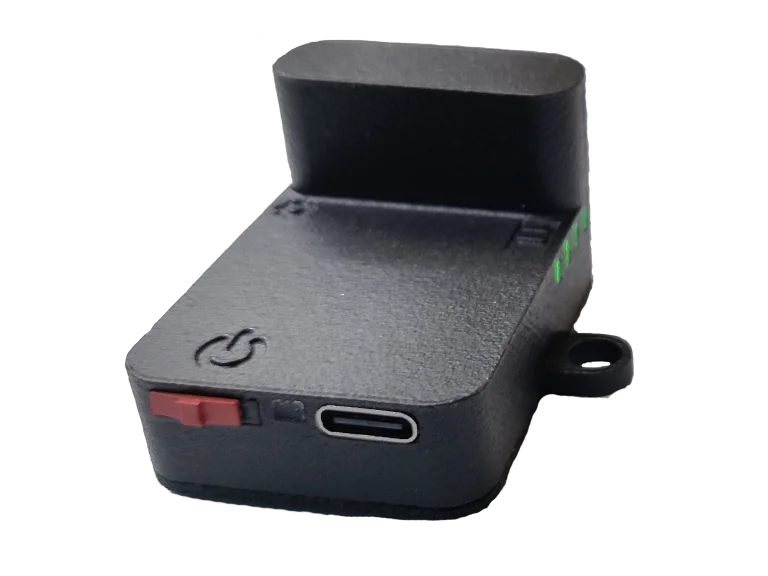I hear what you are saying but I am of the mind that the early days of the "drone" - when drone pilots could take off from anywhere at any time, for the first time in model aviation history - those were the days when no longer did a UA pilot need to be part of a local club, nor an AMA member. They were no longer bound by rules or procedures that had previously been in place and provided safe conflict-free operations across the country for over 70 years.
The FAA had up until that time; left ALL of the regulation of RC/UAs to the AMA and had no intention of changing things. I call the period between the first DJI Phantom and some point before the Phantom 3's release - "The Wild Days". The period stretching from around 2013 to 2015. Without ANY regulation on the books for "drones", a lot of irresponsible drone pilots did unthinkable and stupid things with their drones. It was clearly demonstrated that drone pilots without training or experience, given the opportunity and equipment, would fly well beyond their own capabilities. Need Proof? Check the 'crash and flyaway' section on Mavic Pilots.
The media, always on the lookout for a headline saw their opportunity. When drones starting showing up in places where they never should have been in the first place - "drone" became synonymous with an object of ill intent. That sticks with us today and forever. Once we got the attention of the federal regulators; the writing was on the wall.
Amazon has all but admitted that their drone delivery was a massive drain on the company. Mass delivery by drone is never going to be a thing. But I do believe that the FAA understands that the sky is no longer the domain solely of manned aviation. With that, and the history of drones in mind - RID sort of seems inevitable.
I do get why some pilots like to think they're "exploring" or "on a mission" when flying BVLOS but me personally, I'm fine with VLOS.
I'm not arguing against all rules on drones, I just feel that they should be more logical and focused on safety than they are. I have always felt that the FAA classifying on UAVs as "aircraft" was the wrong method of dealing with safety concerns. For the most part I think most drones should be classified as what they are, which is a potential hazard to actual aircraft. To me this is like the DOT classifying your kids power wheels and go carts as "motor vehicles" and then trying after the fact to figure out how to register, license, and track them in case the want to drive on actual highways rather than than just trying to figure out how to catch and punish people who do that. The rules could have been designed more to encourage people to fly inside an envelope that would be really difficult to interfere with real aircraft.
Granted, stopping people from breaking the rules is always going to be hard and RID is one of the few things could make it easier but I think it remains to be seen how effective it really is.
One thing that FAA rep said in that interview was the RID tracking was strictly a local thing, I wonder if it will remain that way? It wouldn't surprise me if people or a company started to monitor RID information and broadcast it to the internet. This is already done with police, fire, etc radio scanners. RID transmission will have a much shorter range than police radio, but also won't require any special hardware to receive it so it would be easier for people to re-broadcast it on to the internet.





